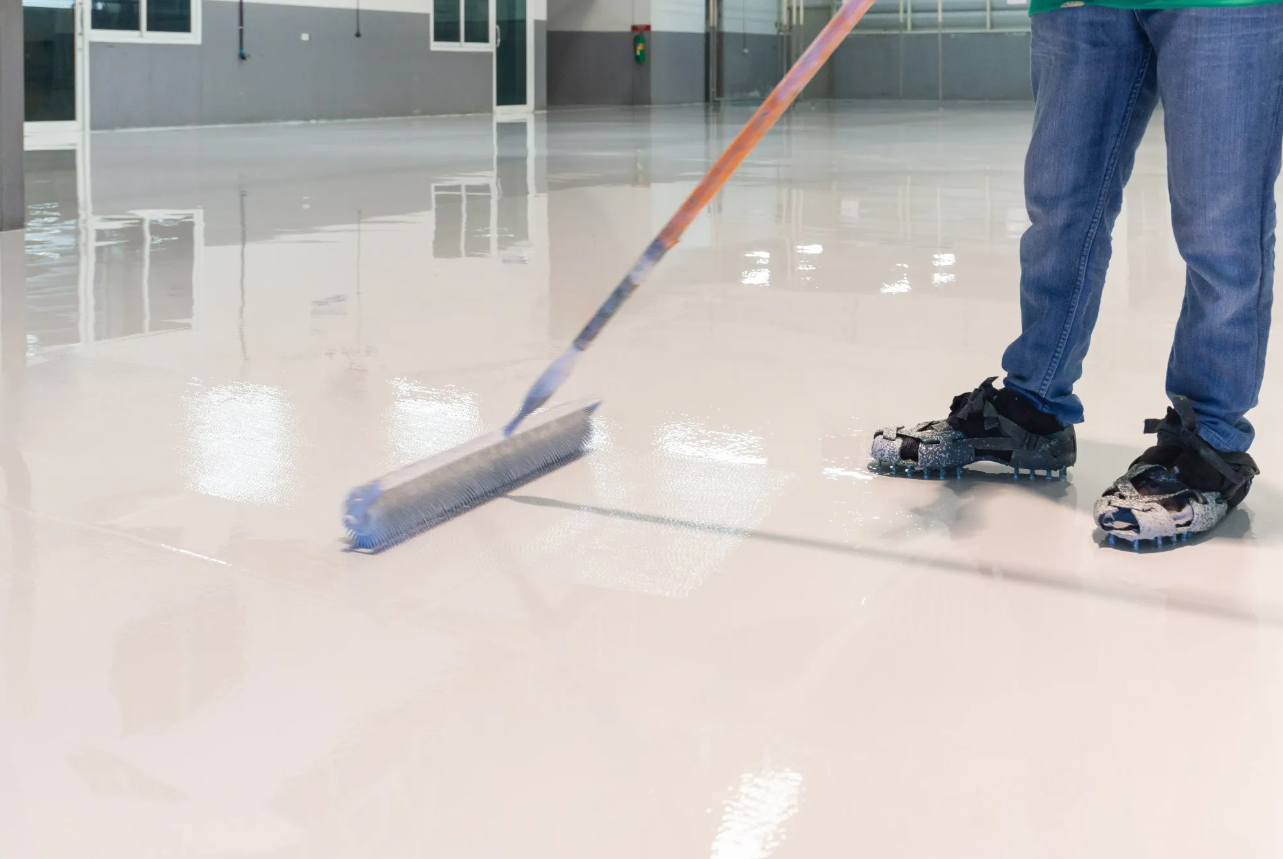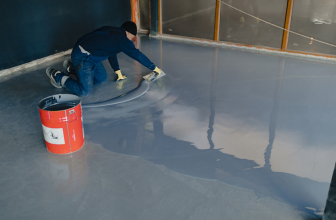
Is Epoxy Flooring Slippery? Epoxy flooring has gained immense popularity in recent years due to its durability, versatility, and aesthetic appeal. It is a type of resinous flooring that consists of two components: epoxy resin and hardener. When these two materials are mixed together, they form a strong chemical bond that creates a seamless, glossy surface.
However, one question that often arises when considering epoxy flooring is whether it is slippery. Slipperiness can be a significant concern in areas such as commercial kitchens or industrial settings where spills and wet conditions are common. In this article, we will explore the slip-resistant properties of epoxy flooring and provide some tips on how to ensure safety when using this popular flooring option. Table of Contents
Is Epoxy Flooring Slippery?
Yes, epoxy flooring can be slippery. The slipperiness of epoxy flooring is primarily attributed to its smooth and seamless surface, especially when it is wet or contaminated. Without any texture or additives, the surface lacks traction, increasing the risk of slips and falls. However, it’s important to note that the slipperiness of epoxy flooring can be mitigated by incorporating slip-resistant additives during installation or implementing proper maintenance and cleaning practices. These measures help improve the floor’s traction and reduce the likelihood of slipping.
Understanding Slipperiness
Epoxy flooring, in its standard form, can be relatively slippery, especially when wet. The smooth and seamless surface of epoxy floors, without any texture or additives, can pose a slip hazard, particularly in areas prone to moisture. It’s important to be aware of this characteristic and take appropriate measures to mitigate the potential risks.
Enhancing Slip-Resistance
The slipperiness of epoxy flooring can be effectively addressed by incorporating slip-resistant additives during the installation process. These additives, such as aluminum oxide or silica sand, create texture and increase the floor’s traction, significantly reducing the risk of slips and falls. The textured surface provides additional grip, even when the floor is wet or contaminated.
Consulting with professionals during the installation process is crucial to determine the optimal concentration and type of slip-resistant additives to be used. This ensures that the floor’s slip-resistance is enhanced while still maintaining its aesthetic appeal.
Regular Maintenance and Cleaning
Proper maintenance and cleaning practices are vital for preserving the slip resistance of epoxy flooring. Promptly addressing spills and cleaning the floor using non-slip cleaning products help prevent the accumulation of substances that can make the surface slippery. Regular maintenance routines, such as sweeping and mopping, also contribute to maintaining the floor’s slip-resistant qualities.
Factors Affecting Slipperiness
It’s important to recognize that the slipperiness of epoxy flooring can be influenced by several factors. The surface finish of the epoxy, whether it is glossy or matte, can impact its slip-resistance. A glossy finish may be more prone to slipping, while a matte or textured finish can provide better traction.
The presence of contaminants on the floor, such as oil or grease, can also contribute to slipperiness. It is crucial to promptly clean up spills and address any potential hazards to maintain a safe walking surface.
Footwear and Precautions
The type of footwear worn by individuals walking on the epoxy floor can affect its slip-resistance. Encouraging the use of appropriate footwear with slip-resistant soles can help minimize the risk of slips and falls. Additionally, placing warning signs or using slip-resistant mats in areas prone to moisture or spills can provide an extra layer of precaution.
Conclusion
In conclusion, epoxy flooring is a great option for many commercial, industrial, and residential settings. While some may worry about the slipperiness of the surface, there are many ways to make it less slippery and safe for those who walk on it. It’s important to consult with a professional installer to discuss your specific needs and ensure that you get the right type of epoxy flooring for your space. With proper installation and maintenance, epoxy flooring can provide a durable, attractive, and safe surface for years to come. So if you’re considering installing an epoxy floor, don’t let concerns about slipperiness hold you back – reach out to an expert today!








